Owning an underwater scooter opens the door to incredible aquatic adventures, but it also comes with maintenance responsibilities especially when it comes to water leaks. The very thing that makes an underwater scooter fun water is also the biggest threat to its motor. If water finds its way into the motor compartment, you’re looking at corrosion, short circuits, or a total breakdown.
Whether you're a casual snorkeler or a diving enthusiast, keeping your scooter dry on the inside is non-negotiable. Here’s how to prevent water leaks and protect the motor of your underwater scooter, so it stays reliable and performs at its best.
Understand How Your Underwater Scooter Is Sealed
First, know what’s keeping your scooter watertight. Most underwater scooters use O-rings, gaskets, and sealed compartments to prevent water from entering sensitive areas like the motor and battery bay. These seals are your first line of defense.
The main sealing points to monitor are:
-
Battery compartment
-
Motor housing
-
Control panel area
-
Charging ports (if external)
Familiarize yourself with the sealing mechanisms your specific scooter uses. Check the manufacturer’s manual and diagrams. If you don’t understand the sealing layout, you're likely to miss weak points that can turn into leaks.
Inspect O-Rings Regularly
O-rings are rubber rings designed to create a watertight seal between two parts. But over time, they wear out, dry out, or get nicked by sand and salt.
Here’s what to do:
-
Inspect before every dive. Look for cracks, flattening, or breaks in the O-ring.
-
Clean before sealing. Wipe down both the O-ring and the groove it sits in with a lint-free cloth.
-
Use silicone grease. This keeps the O-ring supple and improves the seal. Avoid petroleum-based lubricants they degrade rubber.
-
Replace as needed. Don’t wait until it fails. Keep spares in your dive kit.
If the O-ring isn't seated perfectly or if debris is caught in the seal, it won’t matter how tight the housing is it will leak.
Check for Cracks in the Housing
A small crack in the outer shell of your underwater scooter can quickly turn into a water entry point. The pressure of diving, even at moderate depths, can widen tiny fractures.
What to check:
-
Inspect the housing under bright light.
-
Pay close attention to corners, screw holes, and seams.
-
Run your finger along edges you may feel cracks before you see them.
If you find any damage, don’t ignore it. Depending on the severity, use a marine-grade sealant or replace the damaged part.
Seal Battery Compartments Properly
One of the most common places for water ingress is the battery compartment. This area is frequently opened and closed, increasing the risk of a compromised seal.
Key steps:
-
Ensure the O-ring or gasket is clean and properly seated.
-
Close the compartment according to the manual don’t overtighten or misalign.
-
Always dry your hands and the compartment rim before sealing.
If your model uses magnetic or clip seals, check the latching system. If it’s worn or loose, it can pop open underwater.
Recommended: Complete Guide to Sea Scooter Maintenance: Maximizing Performance and Longevity
Perform a Dry Test Before Every Use
Before hitting the water, do a dry test to check for potential leaks:
-
Assemble the scooter as if you were going diving.
-
Place it in a tub or container filled with water for 5–10 minutes.
-
Check for bubbles, fogging, or moisture inside compartments.
This simple pre-dive ritual can save you from a major malfunction in open water.
Avoid Excessive Depths
Most underwater scooters are rated for a specific maximum depth. Going beyond that limit increases water pressure and stress on the seals. Even a high-end model with a 40m (130 ft) rating shouldn't be pushed to the edge on every dive.
Stick to:
-
The depth limits in the manual.
-
Shallower dives if seals are aging or untested.
Also, be aware of dynamic pressure moving fast at depth increases water force on the housing.
Store Your Scooter Properly
How you store your scooter affects its longevity. Exposure to UV rays, salt, and humidity can degrade seals and materials over time.
Storage tips:
-
Rinse thoroughly with fresh water after every use.
-
Dry completely before storing.
-
Leave battery compartments open to avoid trapping moisture.
-
Keep in a cool, dry, shaded place.
-
Avoid long-term compression of seals store with compartments unlatched if recommended.
Use a Leak Sensor (If Available)
Some underwater scooters come with built-in leak sensors tiny devices that detect water intrusion and trigger alerts. If your model has one, test it periodically to ensure it’s working.
If not, consider installing a third-party water detector. These are small, inexpensive, and can give you early warning before water reaches critical components.
Don’t Ignore Fogging
If you notice condensation or fog inside any part of the scooter, it means water vapor is getting in. This is often the first sign of a compromised seal even if you haven’t noticed actual water yet.
Action steps:
-
Stop using the scooter immediately.
-
Open and dry the affected area.
-
Inspect all seals and replace if needed.
Fogging is your early warning system. Don’t ignore it.
Service Your Scooter Regularly
No matter how careful you are, seals age, plastics fatigue, and parts wear down. Follow the manufacturer’s recommended service schedule. If that’s not available, here’s a general rule:
-
Monthly checkups if used frequently.
-
After every 10–15 dives, inspect and lubricate seals.
-
Yearly servicing by a professional or at an authorized center.
Keep detailed notes of when you serviced the scooter and what was done.
Why the MANTA Excels at Preventing Water Leaks
The Asiwo MANTA is designed with real-world water protection in mind. From the motor to the battery compartment, every key area is sealed to keep moisture out and performance intact.
Key Features:
-
Fully Sealed Dual Motors: Each 600W motor is enclosed in a waterproof housing, protecting against saltwater intrusion and corrosion.
-
Reliable Battery Compartment: The battery chamber uses a durable locking system with high-quality O-rings to create a tight, watertight seal even after repeated openings.
-
Built-In Safety Systems: Features like auto shut-off when released and a child lock help prevent unintentional activation, reducing the risk of water getting in during handling or storage.
-
Compact, Low-Pressure Body Design: At just 7.7 lbs, the lightweight frame puts less pressure on seals while underwater, helping extend the life of all watertight components.
In short: The Asiwo MANTA offers smart, reliable leak prevention so your underwater adventures stay fun, not frustrating.
Final Thoughts
Your underwater scooter is built to handle tough conditions but only if you treat it right. Water leaks are preventable with routine checks, smart handling, and proactive maintenance. Protecting the motor isn't just about longevity it's about safety, performance, and peace of mind.
Keep your seals clean, inspect your gear like a pro, and respect the depth ratings. When you do, your scooter will be ready for every adventure without missing a beat.
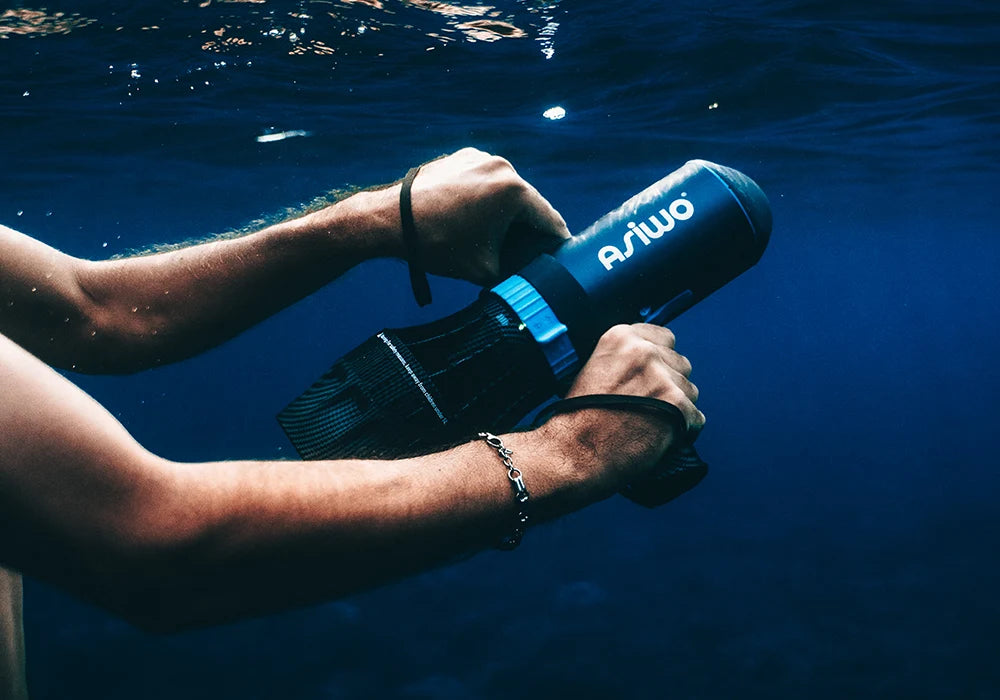




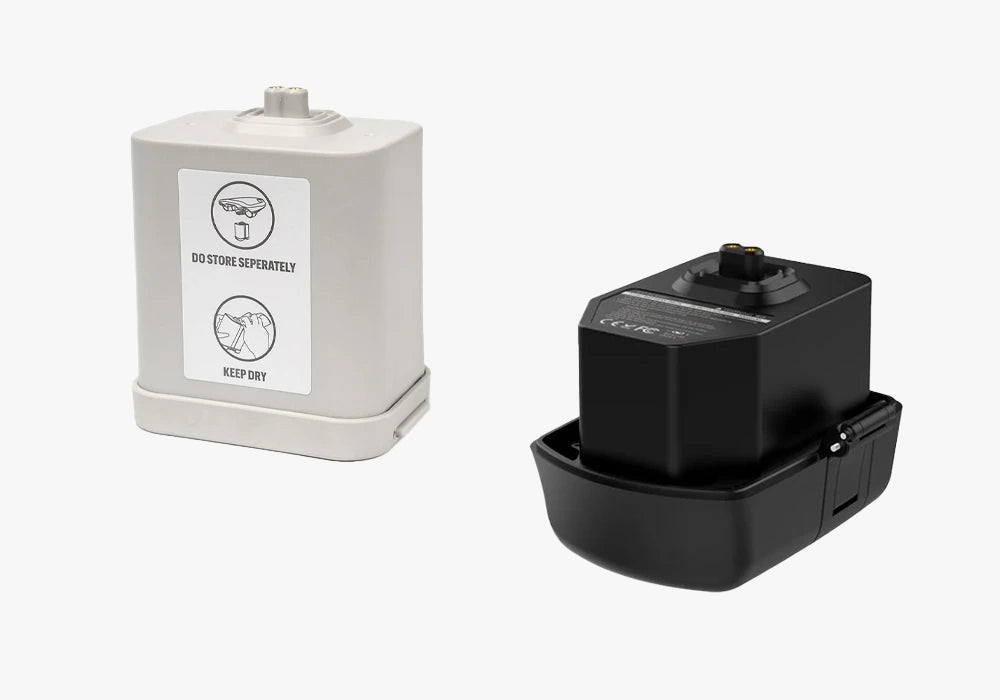




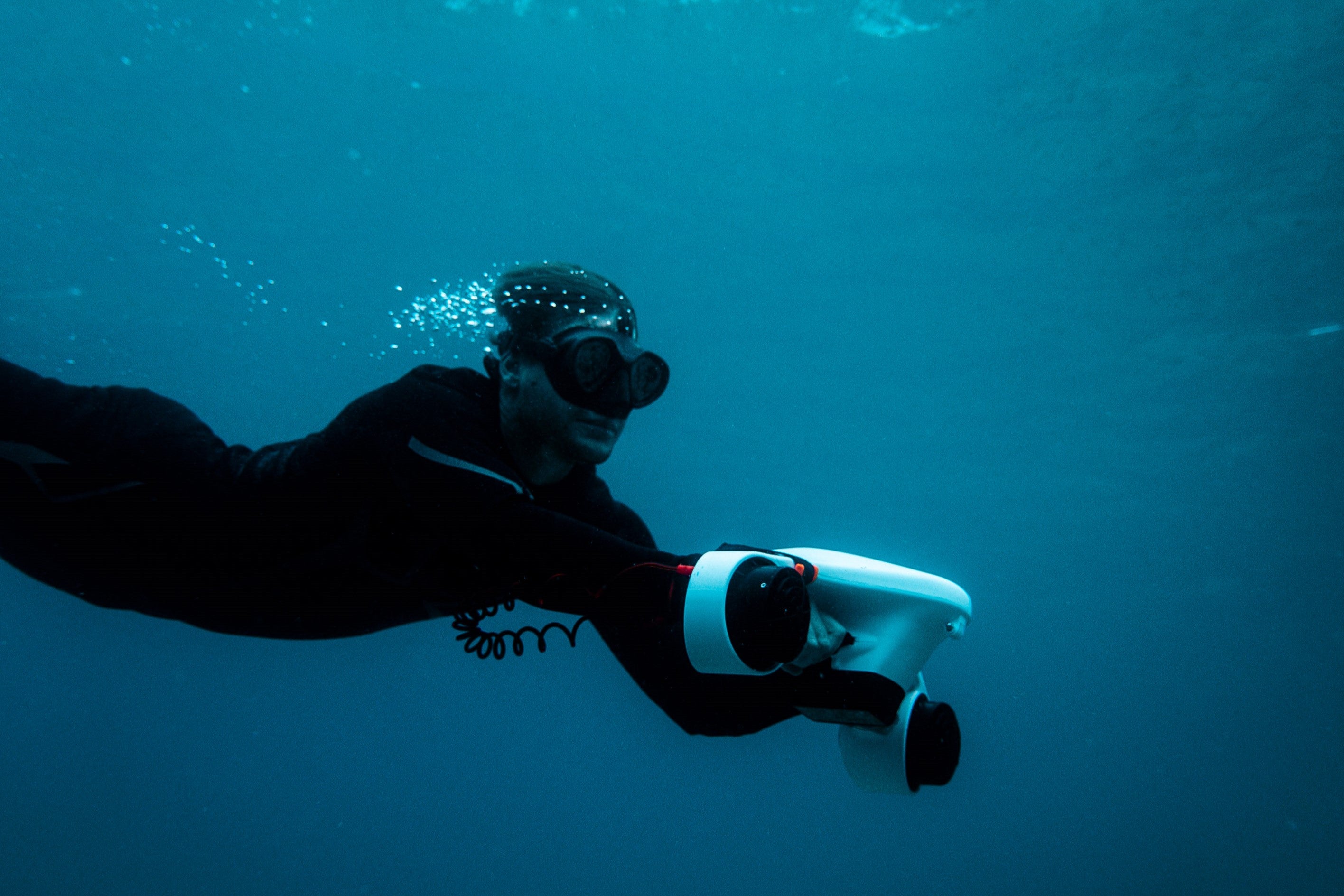
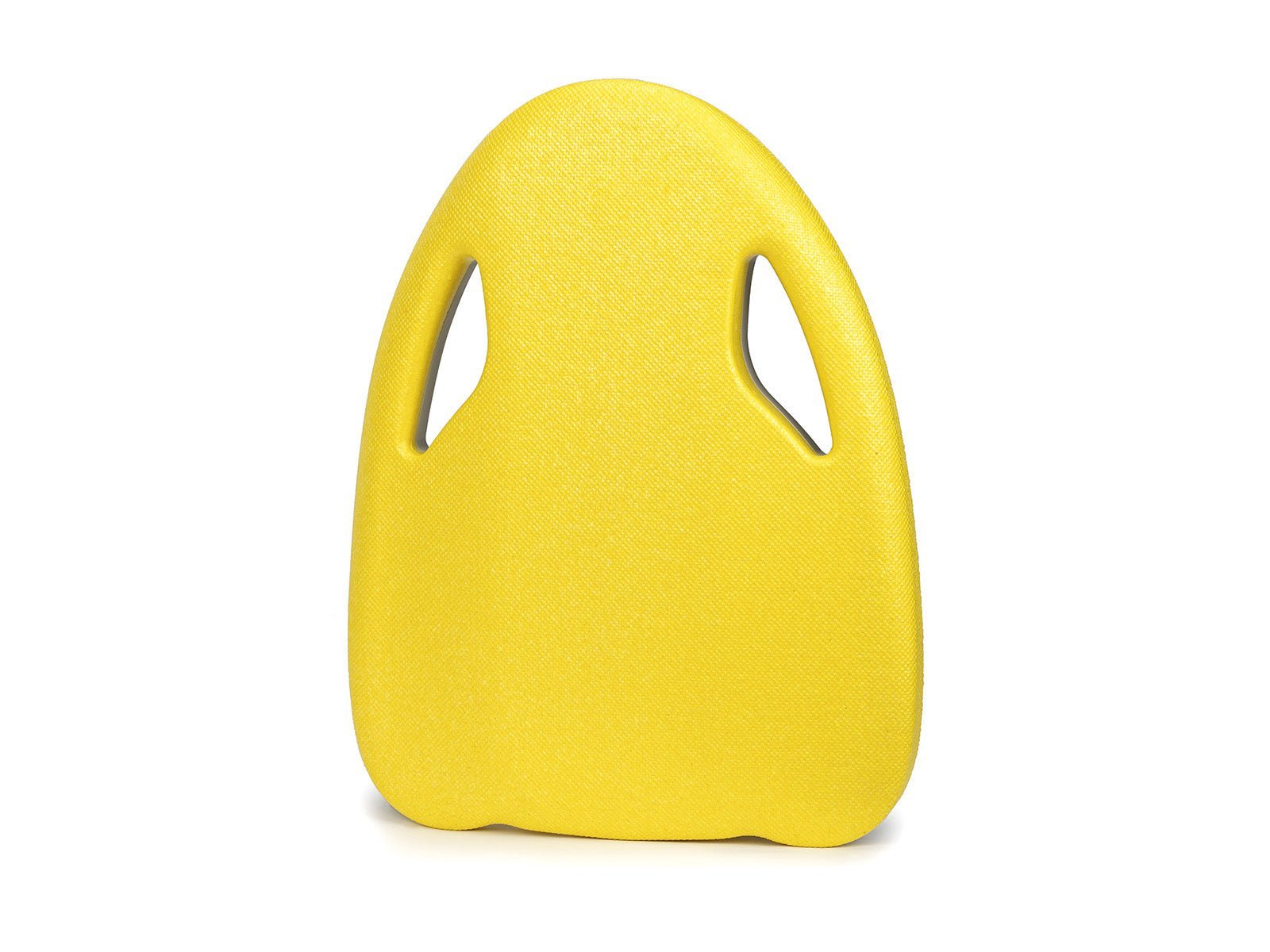
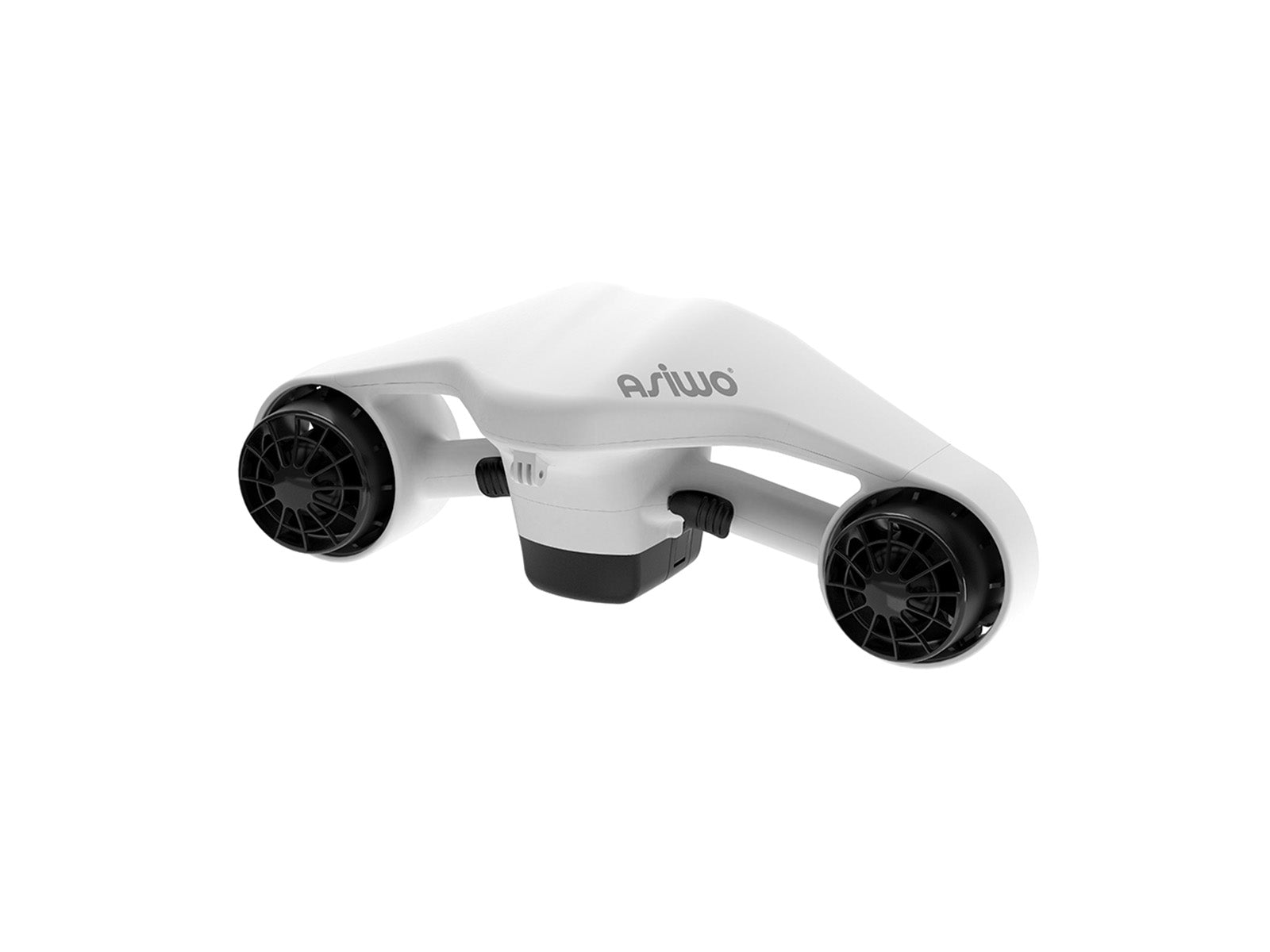
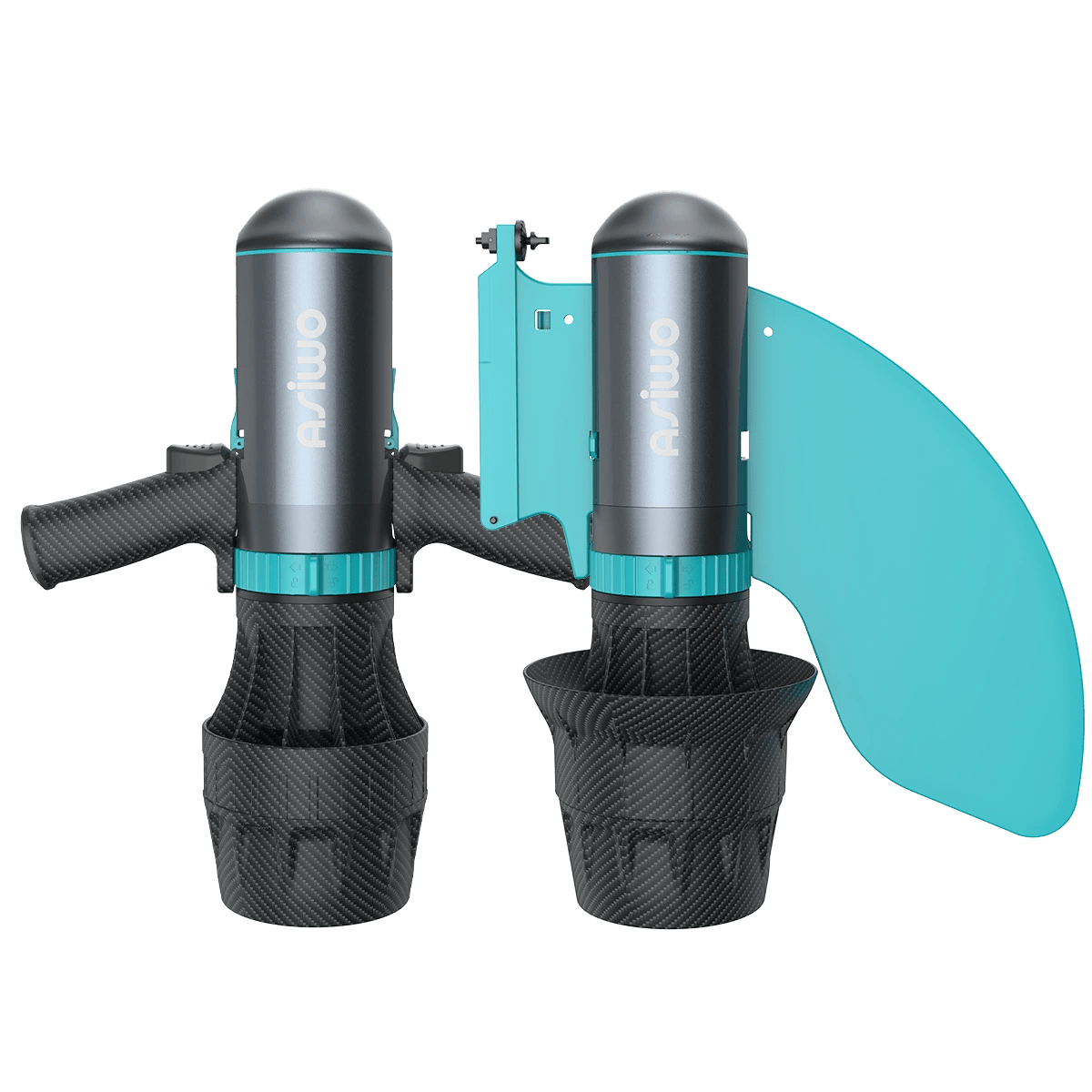




Dejar un comentario